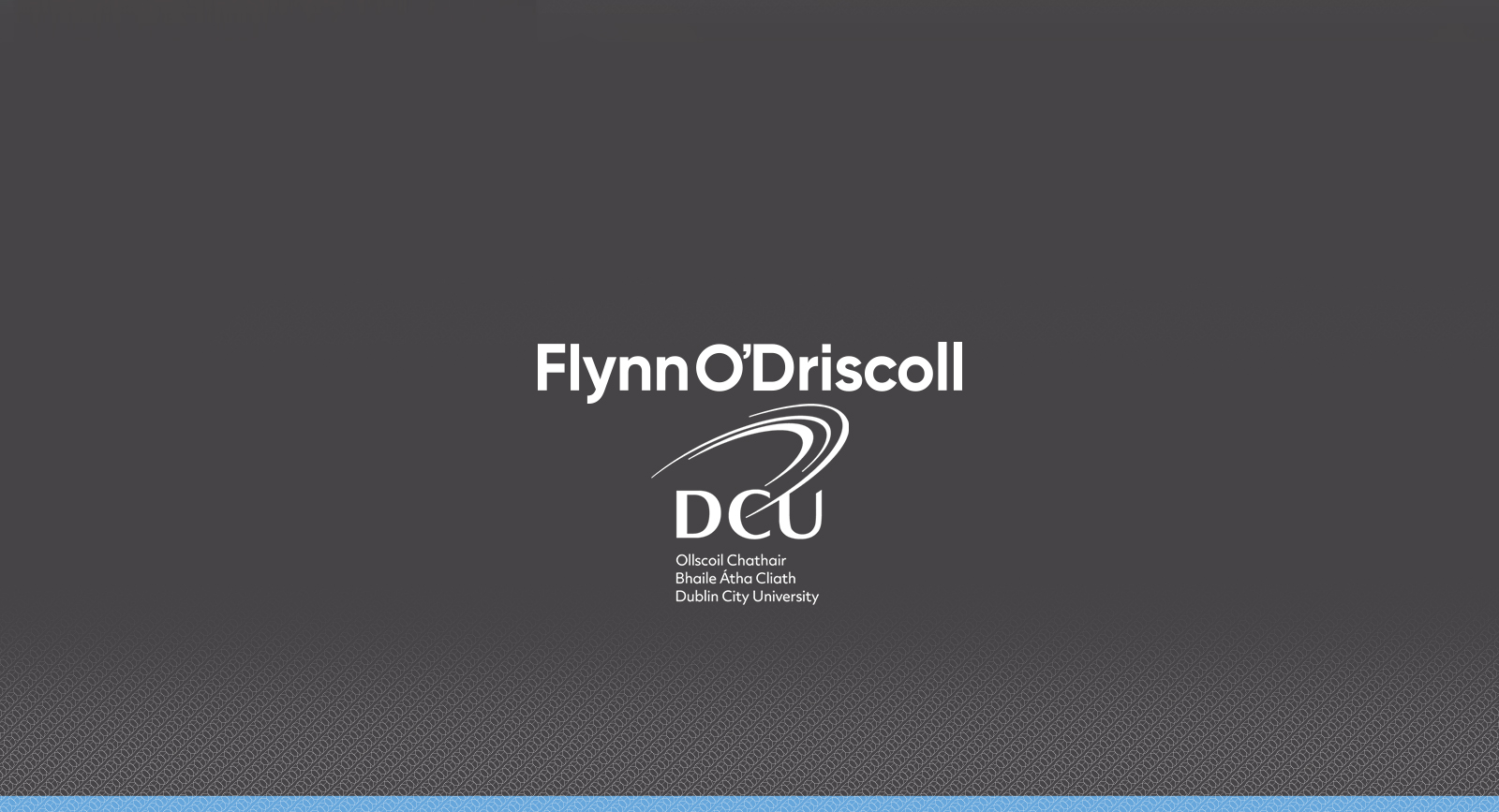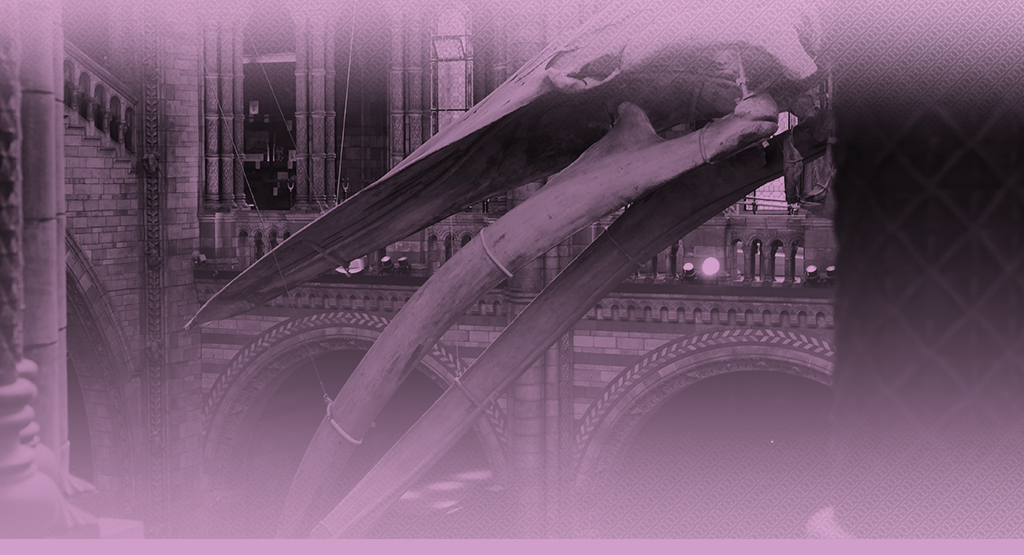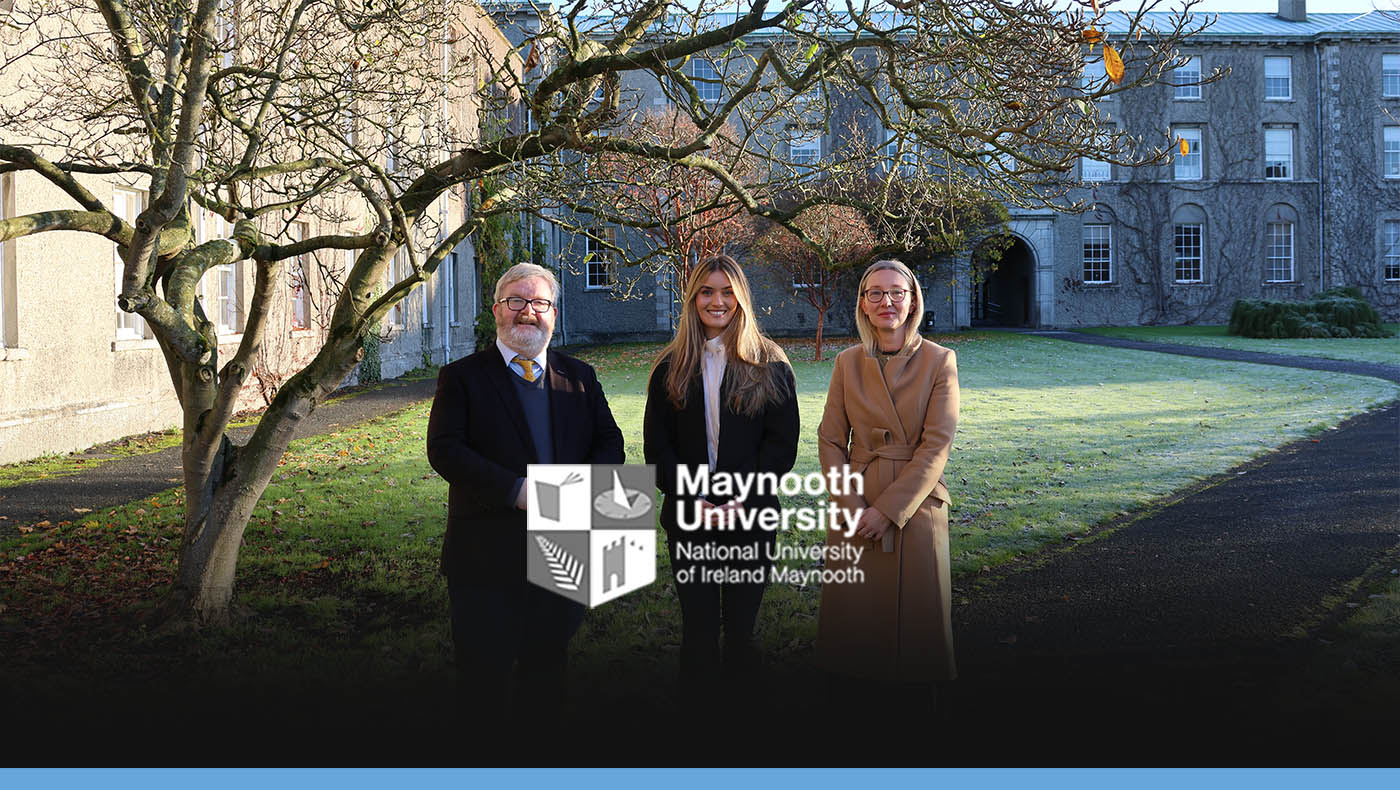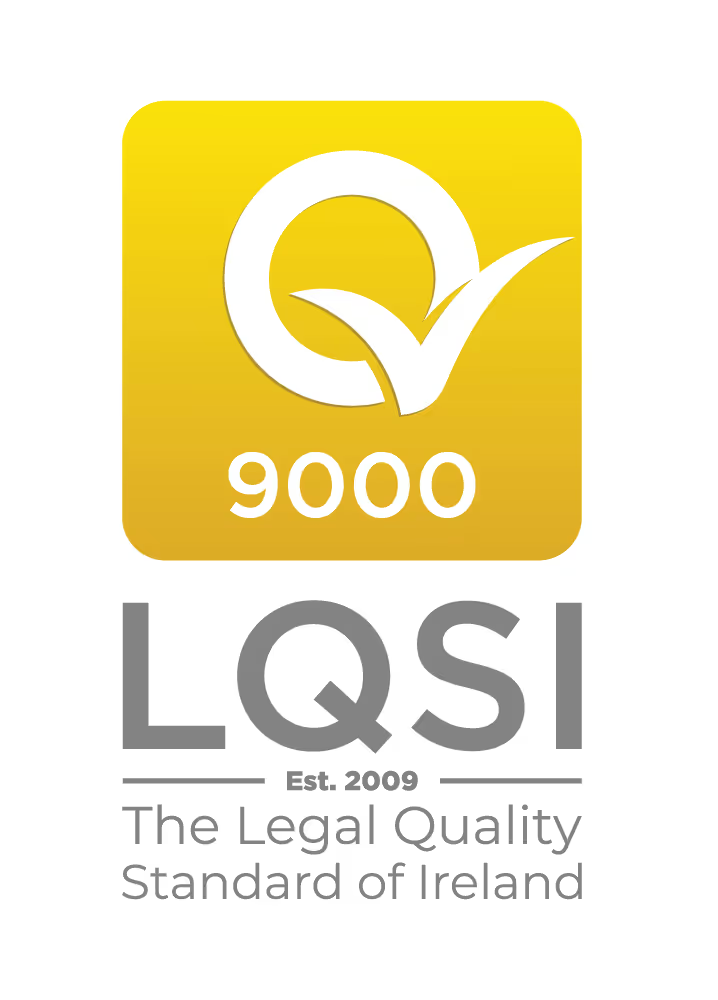The updated Work Safely Protocol (the “Updated Protocol”) was published on the 17th of September 2021 ahead of yesterday’s commencement of the phased return to the workplace. The Tánaiste and Minister for Enterprise, Trade and Employment, Leo Varadkar has stated that this “marks another milestone in our recovery from the pandemic, with the phased return to the office beginning and indoor activities being permitted again. This updated Work Safely Protocol reiterates guidance, based on the most up to date public health advice, to keep workers safe”.
It is important to note that the guidance remains that employees and workers should continue to work from home, however, from the 20th of September, attendance at work for specific business requirements may commence on a phased and staggered basis. From the 22nd of October, the requirement to work from home is to be lifted. While this means that employees may physically return to the workplace, it is advised that any return of workers should be on a phased and cautious basis with further guidance to be provided in advance.
In the interim, the most recent Updated Protocol continues to offer advice and guidance for employers and workers on implementing infection prevention and control (IPC) and other measures to prevent the spread of COVID-19 in the workplace. We have outlined below a number of the updates to the Protocol which might assist employers in preparing for the gradual return to the workplace.
A. Information to be Provided to Employees and Workers
Employers should continue to provide up to date information and guidance to workers. In addition to the information already being provided employers should include the following:
• That risk assessments have been carried out on every workspace/communal area, taking into consideration IPC measures, and that the results of the risk assessments have been provided to staff in a clear and understandable manner.
• That CO2 monitors have been provided in rooms where the risk assessments advise that they should be placed/installed.
• Where physical distancing is not possible that other mitigation measures apply.
• The COVID-19 vaccination Programme (see note on vaccination below).
B. Prevention of the Spread of Covid-19
The Updated Protocol states that the best way to prevent the spread of Covid-19 in a workplace is through prevention measures such as proper hand hygiene, respiratory etiquette, increasing ventilation, vaccination, physical distancing and wearing masks/face coverings. Employers should also emphasise that if workers have symptoms of COVID-19 regardless of their vaccination status they should not go to work, should self-isolate and contact the HSE or their GP to seek appropriate medical advice and to arrange a test, if necessary.
C. Working from Home
The Updated Protocol restates the position that while all workers should continue to work from home from the 20th of September attendance at work for specific business requirements may commence on a phased and staggered basis. While this is not defined, the Updated Protocol refers to the Guidance Note from the LEEF Consultative Group issued on the 7th of September which stated that that interpretation of this guidance will depend on the specific circumstances of each workplace and should be informed by consultation with workers. Account should be taken of:
• Appropriate attendance levels;
• Public health guidance as reflected in the Work Safely Protocol and associated checklist(s);
• The use of staggered arrangements, such as non-fulltime attendance and flexible working hours; and
• That attendance initially is for specific business requirements.
Employers, in consultation with workers, should start to develop or finalise their long-term arrangements for blended or remote working having regard to their operational requirements and in line with Public Health advice. The employer should develop and consult on any working from home policy and returning to the workplace in conjunction with workers and/or Trades Unions.
D. Vaccination Status
Public Health infection prevention and control measures (such as physical distancing, hand and respiratory hygiene, face coverings/masks and increased ventilation), and working from home as much as possible to facilitate reduced numbers in workplaces, should remain in place. The Updated Protocol reaffirms the position that the decision to get a vaccination against COVID-19 is voluntary and workers will therefore make their own individual decisions in this regard. In releasing the Updated Protocol the Department also stated that “as vaccination is not mandatory in Ireland, and there are no plans to make it so, employers cannot currently require staff to reveal their vaccination status”.
The Updated Protocol encourages employers to read the advice from the Data Protection Commissioner on vaccination data and states that the processing or requesting of information on an individual’s vaccination status may not be appropriate (we would suggest unless there are specific circumstances to justify it, it is likely to be found to be disproportionate). Even for those employees to whom the Biological Agents Regulations apply (those in healthcare and laboratory settings) there is no requirement under the current regulations for the worker to either accept the offer of a vaccination or indeed to inform their employer if they have availed of a vaccination. The previous guidance, that there may be certain circumstances where it is deemed that an unvaccinated worker is not safe to perform certain work tasks and in such circumstances the employer may have no option but to redeploy the worker to another work task, has been removed from the Updated Protocol. Vaccination should be considered as a useful supplement to existing infection prevention and control measures.
E. Ventilation
The Updated Protocol states that the longer workers spend in an area the greater the risk. The risk can be minimised by reducing the numbers of workers that occupy an area and, in addition to the guidance already provided, employers should consider having low occupancy levels in workplaces, so crowding is avoided. Checking CO2 levels may also help determine if ventilation is poor in an area where people work. If CO2 concentrations are noted to increase towards values of poor ventilation, then it is recommended that mitigation measures to either increase ventilation or adjust occupancy are taken. Updated guidance is also provided on CO2 monitors and air cleaning systems.
What to do next
Consultation and caution are key considerations for employers to ensure a successful return to the workplace. Lead Worker Representatives should be central to the process. Employers should be mindful that to date government inspectors have carried out 43,000 inspections in workplaces to ensure compliance with the Work Safely Protocol. Where workers have concerns in the workplace in relation to the Work Safely Protocol, which they feel have not been properly addressed, they can be referred to the Workplace Contact Unit of the Health and Safety Authority.
In considering how best to manage a return to the workplace employers should review the Updated Protocol, the LEEF Guidance note and also the employer checklist which has been issued by the Health and Safety Authority (Checklist No. 9 – Returning to the Office). We have also attached a link to our article on the Practical Implications of the May 21 version of the Work Safely Protocol most of which is still applicable. https://fod.ie/publications/the-updated-work-safely-protocol-what-are-the-practical-implications-and-the-issues-to-consider-to-include-vaccinations-antigen-testing-and-ppe/
Full details of the Protocol can be found at https://www.gov.ie/en/publication/22829a-return-to-work-safely-protocol/
For more information please contact Caoimhe Heery, Partner at Email: caoimheheery@fod.ie , or phone +353 87 2935332 or any member of the FOD Employment Team.
This article is current as at 20th of September 2021 and is provided for information only and does not constitute legal advice.
About the Author

Caoimhe Heery
Partner







